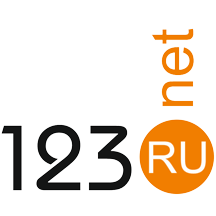Feathered-state hard drive
Many of you will be familiar with the bird ID apps, such as Merlin and BirdUp, that let you record the sounds of birds, create a chart called a sonogram, and then use AI (artificial intelligence) to analyse the sonogram and identify the bird you recorded. These apps work in the field, picking up birdsong and calls and letting you know almost instantaneously what species are singing or calling.
The sonogram looks like periodic marks, the waveforms of the sounds being made by the birds. It is possible to draw an artificial sonogram and then play it back to make a sound. It’s unlikely to sound like a bird, probably just some random squeaks and whistles and other noises.
Now, some birds are very good at mimicking squeaks and whistles and other noises. There’s a famous Attenborough documentary with a male Minah bird “singing” to its female and making noises like a camera shutter and even a chainsaw. Common Starlings too are fabulous mimics, I occasionally hear one in the garden that makes noises like a car alarm and another that seems to be mimicking the voice of one of our more vocal neighbours.
So, might it be possible to draw a sonogram, play back the sound it apparently encoding, and train a starling to make that very same sound? What if you then record the sound that bird is making and look at the sonogram? The artificial sonogram should look very like to the sonogram recorded of the starling mimicking the sound.
Youtuber Benn Jordan has described how he did this experiment. He drew, rather whimsically, a bird shape to create an artificial sonogram. He then visited Sarah Tidwell whose world-famous pet Starling can make some incredibly diverse sounds, such as human whistling sounds, Sci-Fi robotic bleeps, and cat purrs.
Jordan’s played his bird-sketch sonogram to Tidwell’s Starling, which goes by the name of The Mouth. After several training sessions The Mouth began to emulate the sound represented by Jordan’s sketched sonogram. Once The Mouth was very close to emulating the sound precisely, Jordan recorded the sound and used his software to display the sonogram. Astonishingly, it showed up as a bird-shaped image. They had essentially “stored” the image in the bird brain! Approximately 170 kilobytes of uncompressed information.
Now, we’ve had carrier pigeons and other messenger birds for centuries, but this brings the concept into the digital age.
